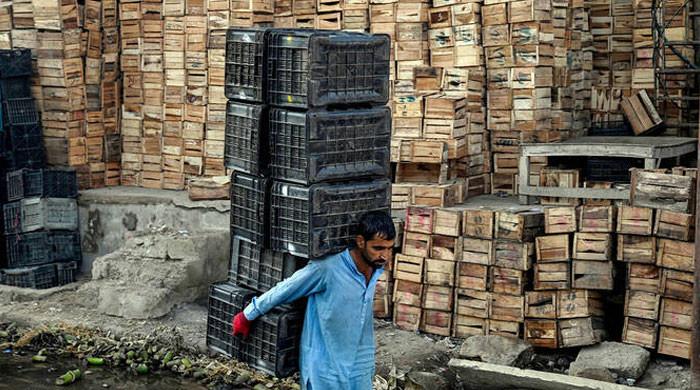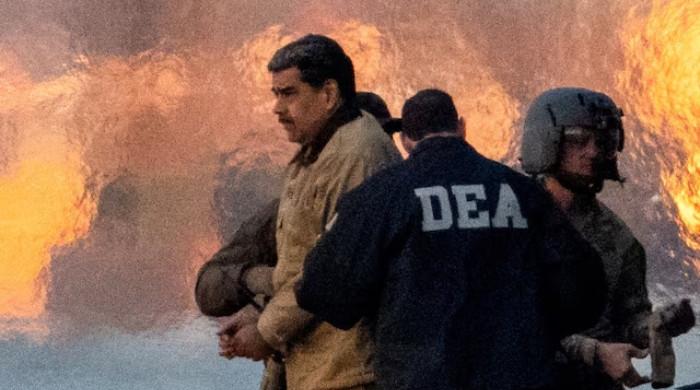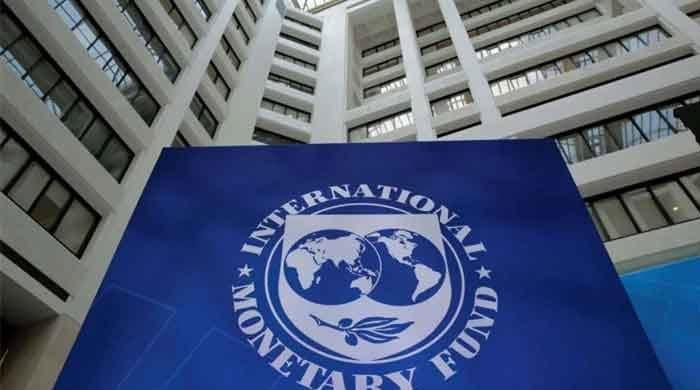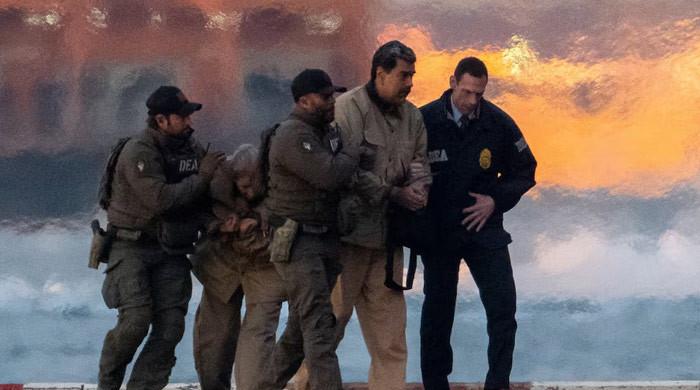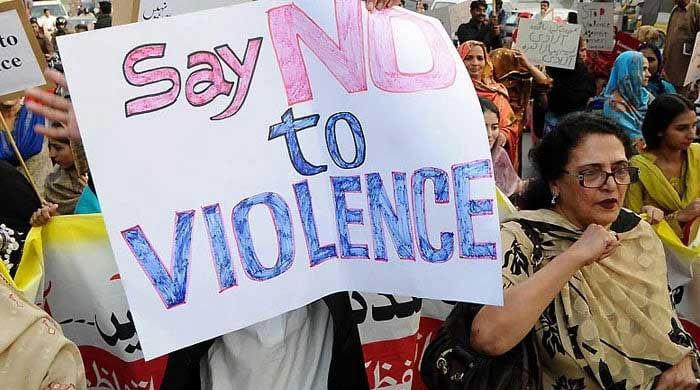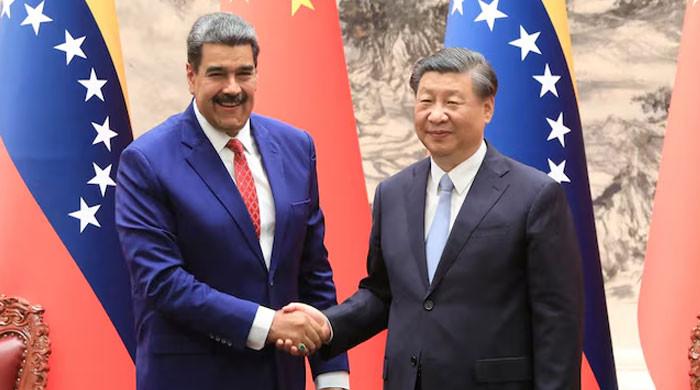The 'fake news' syndrome
A strong and independent editor is admittedly no guarantee of a newspaper or TV channel’s commercial success, but the absence of one is a certain disability in acquiring respect and prestige
September 18, 2021

One of the most unique observations about the state of the press in Pakistan was once given by the first Press Commission, set up in 1954.
In a nearly 400-page report, the Commission observed: “It has been said that a country gets the kind of government which it deserves. With equal truth, it can be said that a country gets the kind of press which it deserves.”
The report continued that “if the politics of a country is dirty, its press cannot remain immune from it. In such a case, a bad press is the product of bad politics and the country will continue to have bad press so long as its politics is unhealthy.”
At its birth, Pakistan inherited over a dozen laws, which had been enacted by the British to control the freedom of the press in the sub-continent.
These included The Press and Registration of Books Act, 1867, States (Protection Against Disaffection) Act, 1922, States Protection Act, 1932, Official Secrets Act, 1923 and many provisions of the Indian Penal Code.
Convictions and heavy fines were all part of these laws. After the creation of Pakistan, many of these laws were used to gag the press or target critical voices. Under it, working journalists and editors were detained and convicted. While scores of newspapers and magazines were closed down.
For a large part of the last seven decades, the country was ruled by those who had no legitimacy to rule, except under the blackest of all laws i.e. the law of necessity. Unfortunately, the civilian rulers also governed the country with a dictatorial mindset.
No one, it seems, really wanted the country to have a free and vibrant media. So, they kept adding to the censorship laws, by introducing new legislation to stifle the press.
A recent addition to this is the proposed Pakistan Media Development Authority (PMDA).
The government insists that the Authority is being brought in to combat “fake news”. But those following the developments would know that this law will be used to further control the entire media industry.
According to a well-informed source, this very idea was first floated during the rule of former president General Pervez Musharraf in 2004. Again, an attempt was made during the government of the Pakistan Muslim League- N, both at the Centre and in Sindh. Bureaucrats in the ministry of information have for a long time wanted to bring the Pakistan Electronic Media Regulatory Authority (PEMRA) to come under their control.
The PMDA is the second major attack on the media since 1960 and 1963, when the Press and Publication Ordinance was introduced. The ordinance was used to muffle the press till 1986.
But today is the age of social media as well.
Those political parties, which do not find space on traditional media, due to censorship, now turn to social media to shape public opinion before the next general polls. Even religious parties, which in the past had been critical about appearing on the TV screen, are now using technology to spread their narrative. Also, extremists and terrorist outfits are visible on social media.
And with the rise of social media, “fake news” and cyber propaganda also became a big problem. But it is important to point out here that in the last 74 years, the ministry of information has remained the biggest source of disinformation in Pakistan.
For its propaganda, it even established an unaudited “secret fund”. Through this fund, the ministry distributed money among a selective group of journalists.
The fund was mostly used by the secretary for information and once he was transferred, he handed over the safe’s key to his successor. Interestingly, the minister of information had no power or authority over the fund.
I once asked Anwar Mahmood, who was at that time the secretary of information, how the secret fund had been used. He showed me the slips on which the amount and name of the recipients was written, adding that the ministry would also disburse funds to those journalists who were suffering from any serious ailment or to the families of those who had been killed.
But Mahmood also agreed with me that there was no need to keep the fund secret.
The secret fund was finally abolished in 2012, following a petition filed in the Supreme Court by journalists, including Hamid Mir.
I myself was one of the co-petitioner and pleaded that not only should the secret fund be abolished but there was no need for the ministry of information at all.
The court then sought a list of the beneficiaries of the fund from the ministry. In response to which, the ministry submitted two lists along with names and the amount given to them. Later some journalists also contested the list.
Strangely, one of the lists was declared “classified” by the ministry, though we demanded that it should be published or brought on the record. The petitioners also demanded for a list from intelligence agencies, as it has often been accused of keeping some journalists on its payroll. But to the best of my knowledge, this plea was not entertained.
This is not to say that media houses are not responsible for the state of the media in Pakistan today. They too play a part, as most of the owners, because of their financial interests, remain hand-in-glove with the government of the day and as a result, the worst sufferers are the professional journalists and editors.
Back in the day, the institution of editors was also abolished, and most of the owners became the editors themselves. Today, even the marketing department has become more powerful than the editorial department, as at times they dictate the news or set the page.
The simplest definition of ‘fake news’ is something that does not exist but is presented in the form of news and that too for ulterior motives. But Pakistan’s media as compared to the Indian media is far more responsible because of the long struggle of journalists led by the Pakistan Federal Union of Journalists (PFUJ) since 1950.
Instead of the government trying to regulate the media, which I might remind you is not its job, the media should be allowed to regulate itself and evolve its own mechanisms. In this regard, the most effective draft available is the one proposed by the PFUJ in 2008, titled the “Media Complaints Commission”, formulated by retired Justice Nasir Aslam Zahid and former information minister Javed Jabbar.
Now, the “fake news” syndrome perhaps may not die, but in the end, the facts will prevail, I am confident of it.
So, let the news based on facts counter the “fake news” and for that you don’t need the PMDA.
As for media houses and bodies like the Pakistan Broadcasters Association and the All Pakistan Newspaper Society, it is high time that they should act in a responsible manner and protect and empower journalists economically and financially, and restore the institution of the editor.
A strong and independent editor is admittedly no guarantee of a newspaper or TV channel’s commercial success, but the absence of one is a certain disability in acquiring respect and prestige.
The writer is a columnist and analyst at GEO, The News and Jang. He tweets @MazharAbbasGEO




